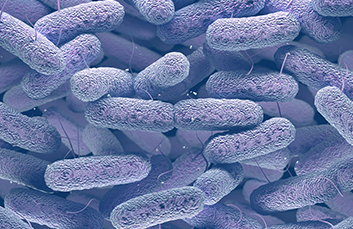Wastewater testing for AR
Topics Featured
The use of wastewater epidemiology has become, in a few short years, a powerful tool in tracking the spread of SARS-CoV-2 in communities and has facilitated faster, more effective public health responses to help mitigate COVID-19 outbreaks.
The Centers for Disease Control and Prevention established the National Wastewater Surveillance System (NWSS) following the findings of a CDC-sponsored study at the University of South Carolina to detect antimicrobial resistant (AR) microorganisms in wastewater treatment plants. This successful foundation of testing for antimicrobial resistance allowed this network to quickly pivot from AR to SARS-CoV-2 wastewater testing at the beginning of the COVID-19 pandemic in early 2020.
Although community-level COVID-19 monitoring has been the primary focus of the NWSS for the last two years, the threat of antimicrobial resistant germs has not abated, and continues to be a danger to public health as well. Recent studies have concluded that the advent of the COVID-19 pandemic erased many of the gains that healthcare providers and public health officials had made against AR in the previous decade.
In response, the CDC is investing in the NWSS to add antimicrobial resistance wastewater surveillance capabilities to test menus of these labs throughout the United States, which as of July 2022 were in 46 states, five cities and two U.S. Territories.
Please visit the CDC’s Antimicrobial Resistance web page for more information on the NWSS and its work in tracking AR in wastewater.


How can wastewater predict the future?

